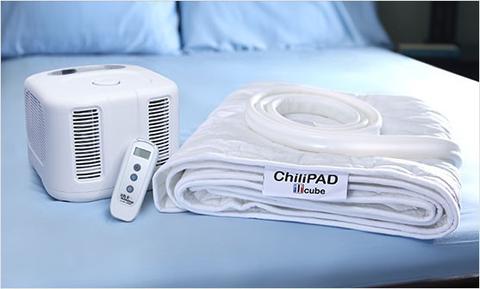On January 23, 2020 Clayton Christensen died at 67 years old. My first thought was that he wasn’t that old. By modern standards, he was young. Based on his impact, he lived an extremely full life. My heart goes out to his family who must surely feel the loss and would have welcomed many more years with such a great husband, father, and example.
As many others will, I’d like to give thanks and honor his life with a personal story. In 2015 I was searching for answers. I wanted more from my career. I wanted to change careers. No stone was left unturned. In addition to reading and studying about my options, I was considering a return to school. An MBA has helped many professionals transition to new careers. As a CPA, I was feeling trapped by my current and previous job descriptions. It was during this time that I discovered a paper published by the Clayton Christensen Institute for Disruptive Innovation. The paper co-authored by Clayton Christensen is titled “Hire Education.” The paper discusses the problems in education and the gap between traditional education and employable skills. The paper starts with concepts familiar to anyone who followed Christensen’s work—disruptive innovation and jobs to be done. From that perspective, and to Clayton’s credit, this paper took decades to write. Published in 2014, it’s an excellent summary and criticism of the state of education and what is being done about it. It references an institution I never knew existed, WGU. Western Governors University is an online only, competency-based school. Instead of sitting in a desk for credit hours to receive a diploma, students demonstrate a required level of competency to pass courses. This reference at that point in my life came as a revelation. A flash of lightning illuminated possibilities I couldn’t imagine. It is the source of inspiration for my most successful published writing to date. Pareto Guide started with a detailed learning journal of how I earned an MBA in 300 hours. This experience changed my life. Suddenly I could apply for jobs that weren’t previously open to me. Recruiters and employers looked at me differently. In less than six months I was no longer just a CPA stuck with a numbers-centric corporate view. My MBA changed the way others saw me. More importantly, it changed the way that I looked at me. If I could earn an MBA, while working long hours, in less than six months, what else could I do? What else did I already hold that I could share with the world? The answers quickly followed, and my life benefited immediately.
I’m not sure I would have found any of this without Clayton Christensen’s work. His dedication and willingness to share with the world extended to everyone. I never met him or attended any event with him. Yet his work touched my life and changed it forever. Christensen demonstrated the expertise of a master, yet the humility of a novice. He continually refined his ideas always dedicated to truth. It’s quite the statement in an era where the words ‘truth’ and ‘facts’ have been dragged through the mud. Even as a bestselling author and recognition as one of the greatest business thinkers ever, Christensen continued learning. He continued teaching and sharing his insights with anybody willing to listen. He may have solidified his position at Harvard, one of the world’s most prestigious universities, yet he made his greatest lessons and insights available to the world. He didn’t withhold these ideas for only the richest or most fortunate who could manage to attend his classes. As a result, he gave me a soft referral to a different MBA, not Harvard’s. I didn’t want to give up two years of work to incur sizable debt for an MBA. I thought if I was going to quit working for two years it had to be for an elite MBA like Harvard. I was mentally preparing myself for such an endeavor. The alternative I found thanks to Clayton Christensen was better for me and my family. In an era where student debt is ruining lives, I found a better path. It was around this time that I’d read Clayton’s book, “How Will You Measure Your Life?” He helped me see that it wasn’t prestigious pieces of paper or fancy job titles that I wanted. He helped me see that truth was my aim. Like him, I’d never be done learning and that was a good thing. Clayton gives a promise in the epilogue of that book. “Clarity about purpose will trump knowledge of activity-based costing, balanced scorecards, core competence, disruptive innovation… and other key business theories we teach at Harvard.…If you take the time to figure out your purpose in life, I promise that you will look back on it as the most important thing you will have ever learned.” Many of us may still be working on our purpose, but Clayton Christensen delivered on his. I’m confident that just as he promised, he realized his purpose and was able to look back on his life with satisfaction and gratitude for how it measured up.



